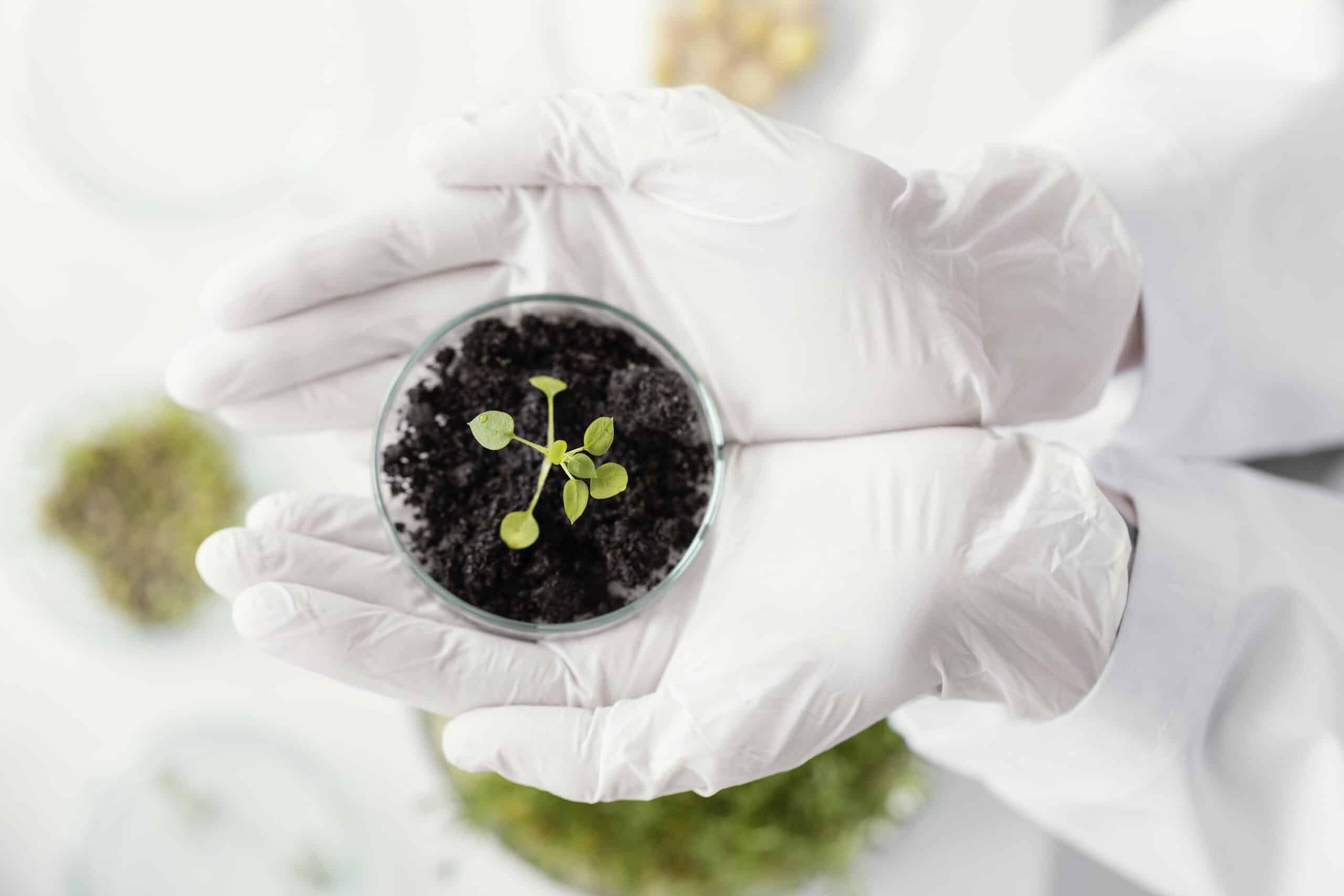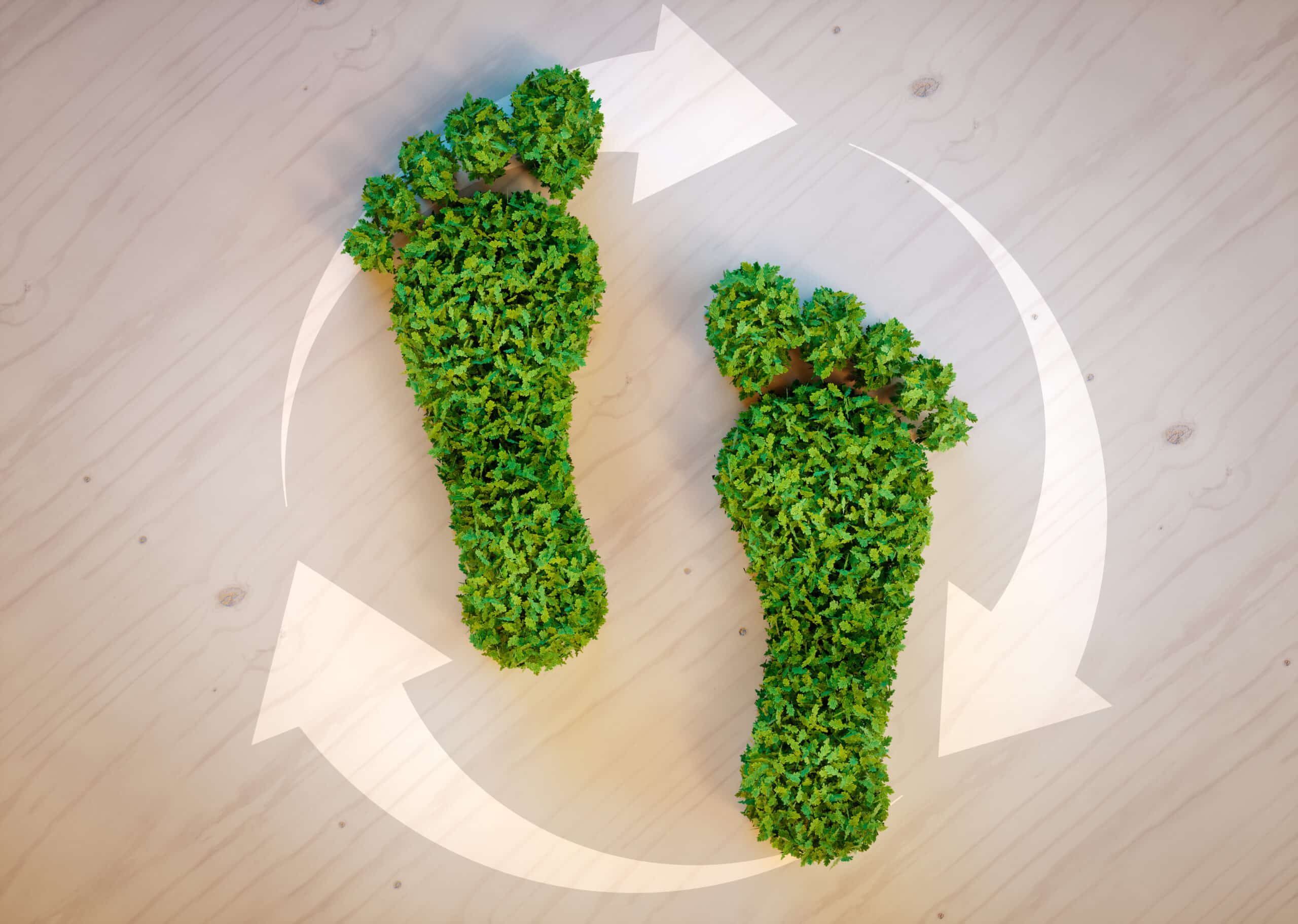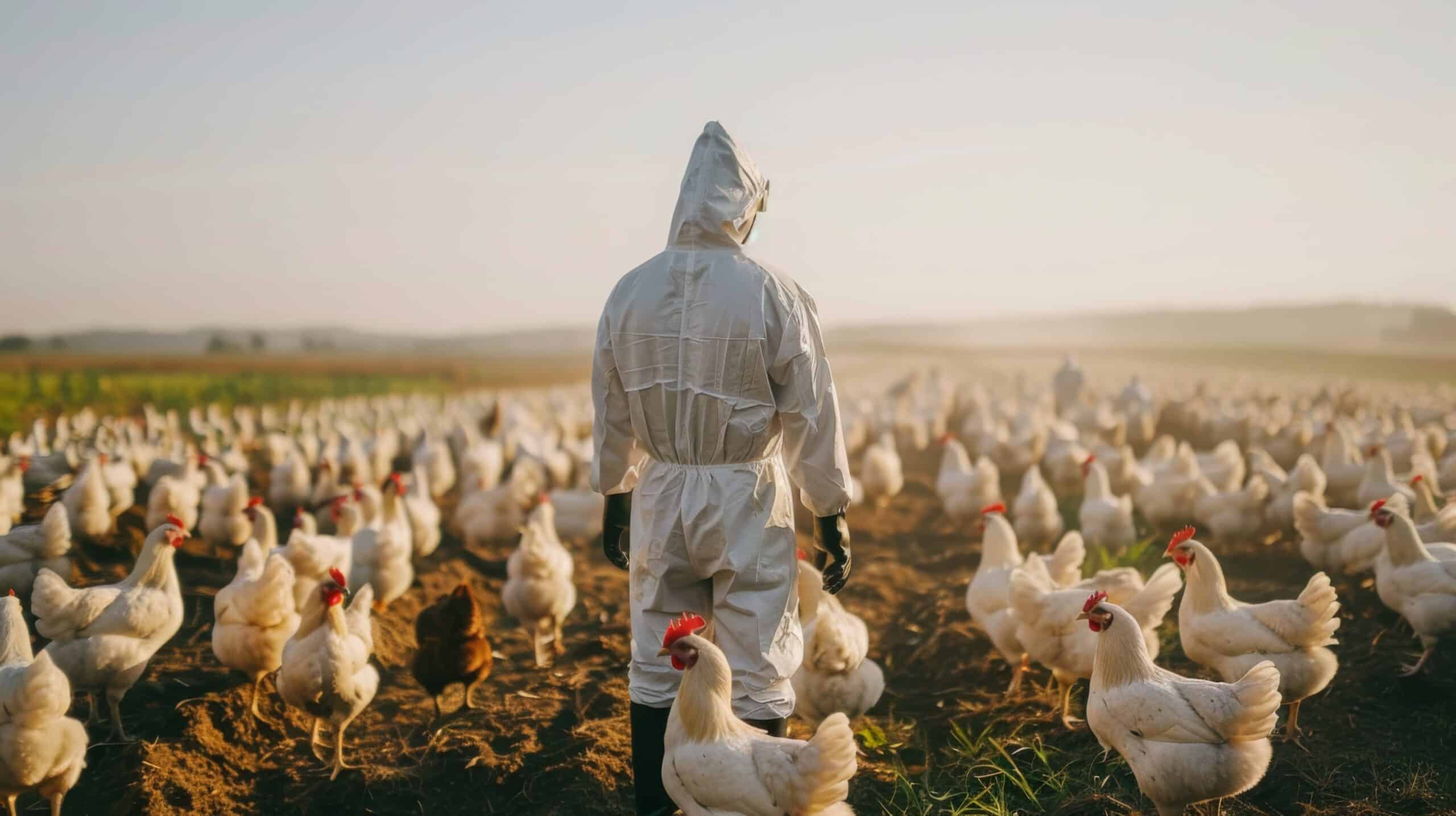Maintaining optimal eggshell quality is crucial for poultry production. The egg is a highly complex reproductive cell, with the yolk encased in albumen and further protected by two membranes and an external shell. The shell provides structural integrity and safeguards essential nutrients. A hen’s egg typically comprises 77% water, 12.2% protein, 10.4% lipids, and trace amounts of vitamins, minerals, and carbohydrates.
Eggshell Composition and Structure
The eggshell accounts for 9-10% of the egg’s total weight, typically weighing 4-5g. It possesses remarkable mechanical properties, with a breaking strength that supports protection during handling. The calcium content of the eggshell ranges from 1.7g to 2.6g.
Composition Breakdown:
- Calcium Carbonate: 94-96%
- Phosphorus: 31%
- Magnesium: 22%
- Trace Elements: Sodium, Potassium, Manganese, Iron, Copper
- Organic Matter: <2%
Importance of Eggshell Quality
For commercial layers and breeders, maintaining eggshell quality is essential to minimize cracked eggs and increase marketable hatching eggs. Shell quality is assessed based on:
- Egg size and visual shell defects
- Specific gravity
- Shell color
- Breaking strength
- Percentage shell weight
- Shell thickness
Common Eggshell Defects and Causes
- Misshaped Eggs – Caused by disturbances 10-13 hours before laying, poor albumen quality, or reproductive issues.
- Coated Shell – Occurs when stress delays egg laying, common in young flocks.
- Rough Shells – Can result from two eggs being in the shell gland simultaneously.
- Soft & Weak Shells – Common in aging birds nearing the end of their laying period.
- Cracked Eggs – Can be due to handling or inadequate shell formation, categorized as:
- Hairline Cracks – Small cracks caused by impact with surfaces.
- Star Cracks – Visible on the shell, often from egg-to-egg collisions.
- Pin-hole & Toe-hole Cracks – Result from sharp objects or pecking.
- Dirty and Glazed Shells – Caused by environmental contaminants post-laying.
Factors Influencing Eggshell Quality
- Thickness & Shell Formation – Determined by calcium deposition and time spent in the shell gland.
- Diseases – Conditions like Infectious Bronchitis (IB), Newcastle Disease (ND), and Egg Drop Syndrome (EDS) affect eggshell integrity.
- Management Practices – Poor housing, high temperatures, and improper handling impact shell quality.
- Age of Birds – Older hens lay larger eggs with thinner shells due to reduced calcium mobilization.
- Water Quality – High salinity in drinking water negatively affects eggshell strength.
- Stress – Disrupts oviduct secretions, leading to abnormal calcium deposits.
- Environmental Temperature – Heat stress alters blood pH, reducing calcium availability for shell formation.
- Nutrition – Calcium, phosphorus, and vitamin D3 levels must be balanced for optimal shell production.
- Calcium & Phosphorus in Eggshell Quality
Calcium balance is crucial for eggshell quality. Layers need about 4 grams of calcium daily, as only 50–60% of dietary calcium is used for shell formation. During the last 15 hours of shell formation, calcium transfer reaches 100–150 mg/hour, sourced from diet and bone. A 3.5–6% calcium diet supports dietary absorption, while a 2% diet forces layers to draw 30–40% from bone. Pullets should receive high calcium before laying to build reserves.
Intestinal calcium absorption is 40% when inactive but rises to 72% during shell formation. Large-particle calcium ensures a steady supply, reducing bone depletion.
Phosphorus plays a minor role in eggshells (20 mg vs. 120 mg in egg contents) but affects calcium mobilization. High blood phosphorus inhibits bone calcium release, making calcium source and particle size key for absorption.
How to Improve Eggshell Quality
Maintaining high-quality eggshells requires a combination of proper nutrition, effective management, and optimal environmental conditions. Here’s how you can enhance shell strength and reduce breakage:
Key Nutritional Factors
- Vitamin C: Plays a vital role in eggshell formation by aiding in the synthesis of the organic matrix. It also helps reduce heat stress by lowering plasma cortisone levels. Additionally, vitamin C supports calcium absorption by converting vitamin D into its active form, calcitriol. A dietary inclusion of 250 g/kg improves egg production and shell quality.
- Sodium Bicarbonate (NaHCO₃): Helps maintain eggshell integrity in high temperatures by improving dietary electrolyte balance and acid-base regulation. Hens consume additional bicarbonate during shell formation, ensuring better shell strength.
- Essential Minerals: Zinc, manganese, and copper act as co-factors in enzymatic processes critical for shell formation, contributing to a strong, resilient structure.
- Calcium: Older hens benefit from an additional 1g of calcium per bird (via shell or stone grit) during summer. Proper particle size (minimum 1mm) enhances gizzard retention and calcium utilization, improving shell quality.
- Magnesium: Plays a role in reducing egg breakage. Proper mineral balance and farm management are essential for maintaining shell strength.
Practical Steps to Reduce Egg Breakage
- Provide cushioning at the egg collection area in cages.
- Collect eggs at least twice a day, or more frequently if needed.
- Keep egg collection wires and trays in good condition.
- Prevent eggs from piling up.
- Routinely check the quality and condition of egg trays.
- Train workers to handle eggs carefully during collection.
- Use high-quality, contaminant-free feed ingredients and ensure birds have access to clean water at all times.
Eggshell quality management is complex, influenced by multiple factors including flock health, nutrition, environmental conditions, and handling practices. While no single factor is solely responsible for shell defects, a well-rounded approach can significantly reduce breakage and improve overall egg quality.







.png)












.png)





